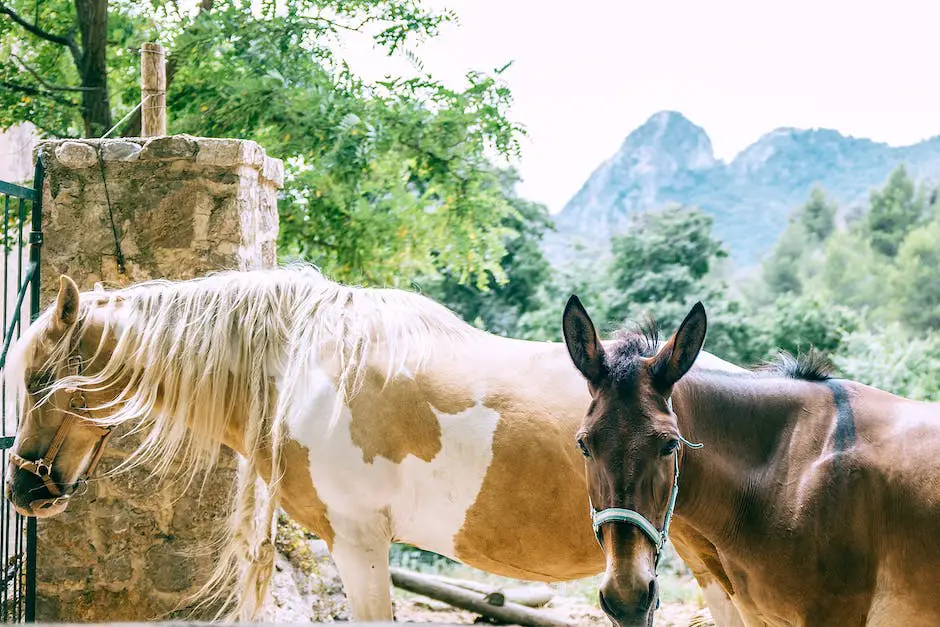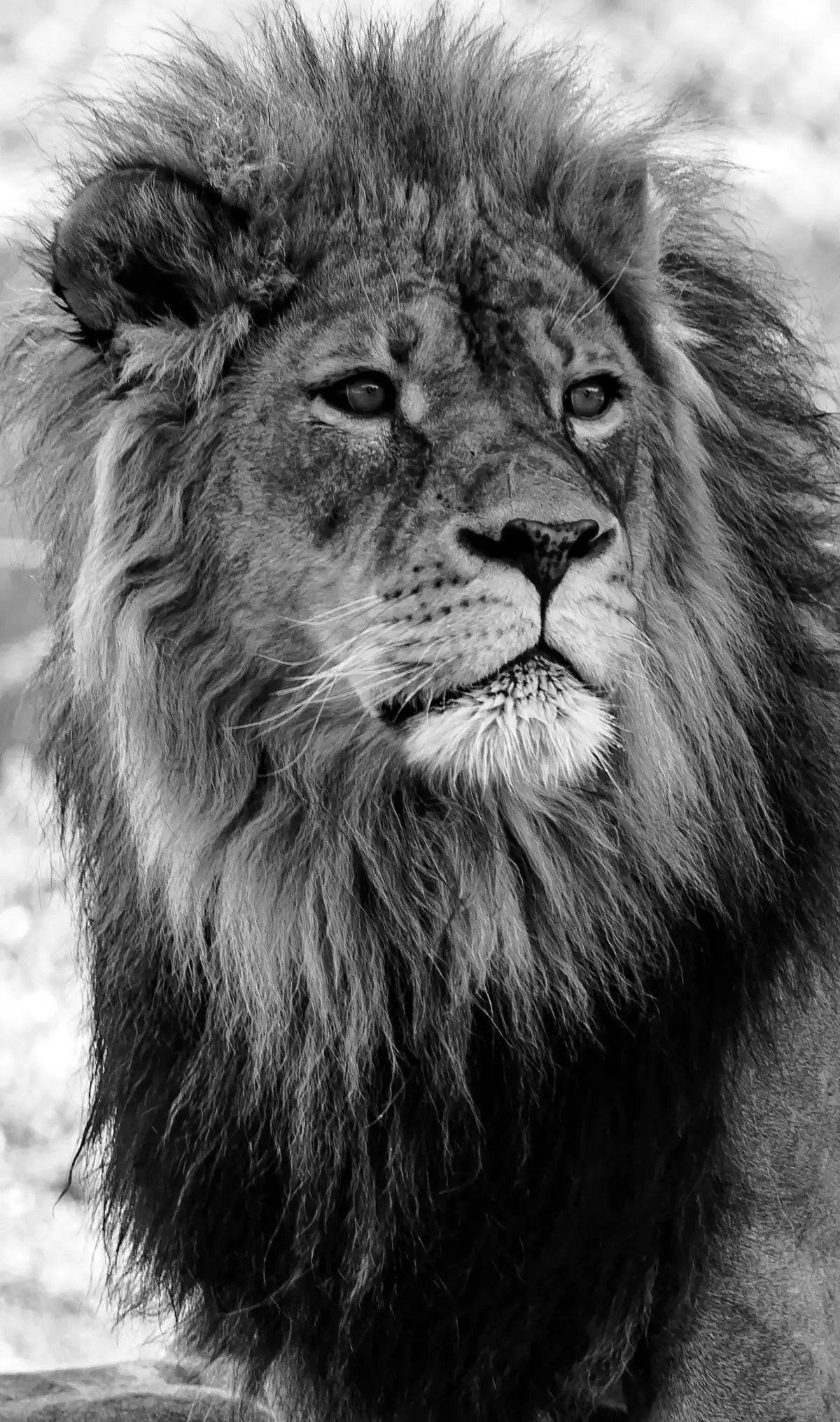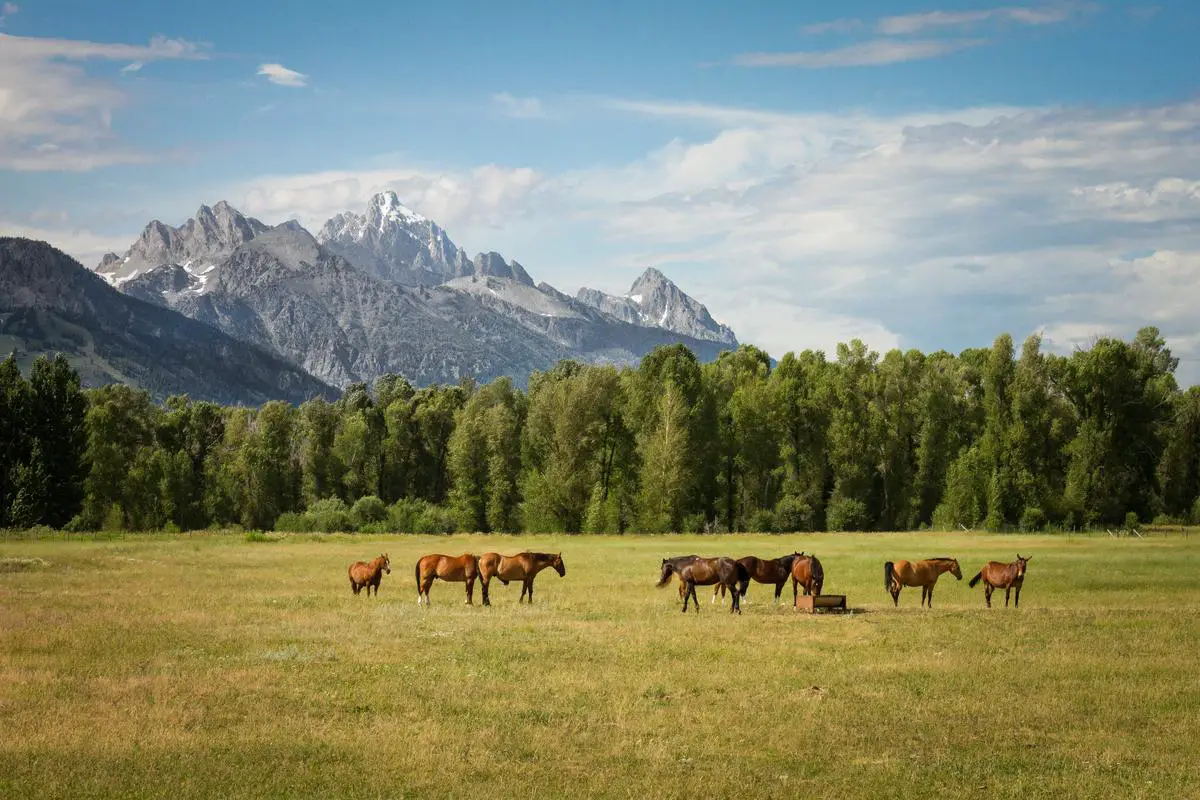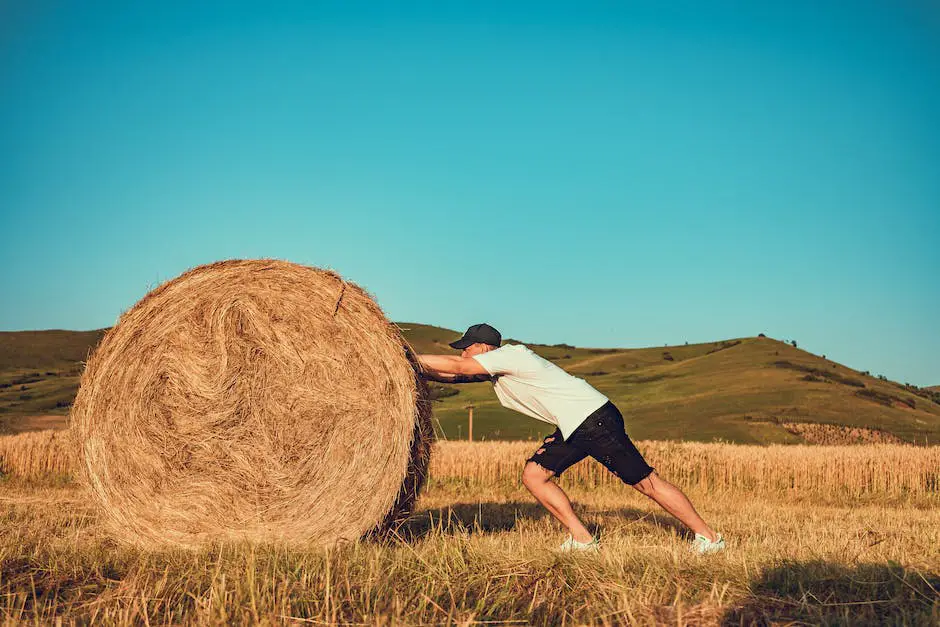Imposing in stature yet gentle at heart, the cold-blooded horse breeds, encompassing giants such as the Clydesdales and Belgians, are truly a marvel in the equine world. Distinguished not only by their colossal frames and serene temperaments, these breeds boast a physiology that sets them apart in their exercise needs and capabilities. As enthusiasts strive to foster the health and happiness of these equine companions, an appreciation of their slower metabolism, remarkable strength, and calm nature is paramount. This essay embarks on a journey to bridge the gap between the intrinsic nature of cold-blooded horses and the art of crafting exercise regimens that harmonize with their unique needs, propelling them towards a thriving life of vigor and vitality.
Table of Contents (Horspedia)
Understanding Cold-Blooded Horse Breeds
Understanding the Unique Exercise Needs of Cold-Blooded Horse Breeds
Horse enthusiasts know that the term “cold-blooded” refers to more than just an animal’s body temperature. In the equine world, it describes those hefty, calm horse breeds often hailed as gentle giants. These cold-blooded breeds, such as Clydesdales, Percherons, and Belgian Drafts, are typically known for farming and heavy hauling jobs. Even if their workload has changed today, their exercise needs remain particular and important for their well-being.
The Strength of a Giant
Cold-blooded breeds are the strongmen of the equine universe. They have large bones, thick muscle mass, and an overall sturdy build that’s built for power rather than speed. Unlike their thoroughbred cousins, who are like spirited athletes, cold-blooded breeds are the marathon lifters—slow and steady wins the race.
Exercise Needs: A Tailored Approach
When it comes to exercise, cold-blooded breeds aren’t fashioned for a sprinter’s routine. Their exercise regimen must be slow and consistent. It’s like training for strength rather than a 100-meter dash. Regular, moderately paced exercise helps keep their muscles toned and supports joint health. Gentle giants they may be, but without proper exercise, they can become as high-strung as any horse.
Start Slow, Build Steady
Jumping into intense exercise can be harmful. Starting with a leisurely walk and gradually increasing the pace ensures these horses don’t strain their heavy bodies. Long, quiet trail rides are perfect for their mental and physical health. The calm, repetitive nature of these activities is just what a cold-blooded horse needs to thrive and maintain good health.
Weight Watching is Key
Because of their size, watching their weight is vital. Excess weight can lead to a host of issues, such as joint strain or metabolic disorders. A proper exercise regimen keeps them at a healthy weight. These breeds enjoy eating, so keeping a close eye on their diet alongside regular exercise is a must.
Mix Things Up
Even a cold-blooded horse can get bored with the same routine. Mixing in different types of low-impact exercises, like long-lining or light draft work, keeps both body and mind engaged. Who doesn’t like a little variety to spice things up now and then?
The Takeaway
Exercising cold-blooded horse breeds isn’t about intensity; it’s about consistency and patience. With their unique build and temperament, these horses require a distinct approach to exercise—a slow burn rather than a fiery sprint. Understanding and catering to their exercise needs will ensure these majestic equines remain healthy, happy, and ready to work—or play—according to their nature.

Designing an Exercise Routine
Crafting an Ideal Exercise Plan for Cold-Blooded Equines: A Step-By-Step Guide
Creating a suitable exercise routine for cold-blooded horses, such as drafts or heavy warmbloods, can be a bit like putting together a puzzle. These majestic animals carry extra muscle and weight, which means they need workouts that are mindful of their unique physiology to remain healthy and happy.
Understanding the Workout Needs of Cold-Blooded Horses
Cold-blooded horses, with their calm and steady nature, truly enjoy physical activity, but they don’t always show the same burst of energy as their hot-blooded counterparts. Their exercise needs revolve around sustaining strength, supporting their considerable frames, and improving cardiovascular health without adding unnecessary strain.
Building Core Strength and Stamina
Key to any exercise program for cold-blooded horses is strengthening their core muscles and building stamina. Activities like hill work can be particularly effective. Walking or trotting up and down gentle slopes challenges different muscle groups and builds endurance without the high impact of faster paces.
Integrating Low-Impact Activities
Low-impact movements such as swimming can be excellent for cold-blooded breeds. This non-weight-bearing exercise allows them to build muscle and improve cardiovascular fitness while taking the strain off their joints. Incorporating activities like this into the routine can lead to better overall condition and less risk of injury.
Focus on Flexibility and Agility
Horses of heavy build can benefit from exercises that boost flexibility and agility. Pole work, where horses step over poles laid out on the ground, is a low-intensity exercise that can improve coordination and joint flexibility. This kind of training rounds off a robust exercise program by diversifying the range of movements.
A Word on Recovery Periods
After exercising, it’s crucial to allow cold-blooded horses ample time to cool down and recover. A relaxing walk, plenty of water, and a good grooming session will help muscles relax and prevent stiffness. Recovery days are equally important; they give muscles time to heal, reducing the risk of strain and injury.
Advanced Considerations for Seasoned Horses
For those who have built up their cold-blooded horse’s fitness level, endurance riding is a discipline that can be explored. It involves covering longer distances at a controlled pace, which can be a great way for these mighty animals to showcase their stamina and even keel.
Using these methods, those with an affinity for the gentler giants of the equine world can craft an exercise routine that is both effective and enjoyable. Paying attention to their specific needs will help ensure cold-blooded horses remain in top form, ready to work, ride, or simply enjoy the pleasure of their company.

Addressing Common Health Concerns
Now, let’s dive deep into the health aspects we need to keep a keen eye on when exercising cold-blooded horse breeds. While these sturdy equines are known for their calm temperament and strength, they, like all horses, have their own set of health issues to consider during their workout sessions.
Joint Stress and Management:
Given the heavy build of cold-blooded breeds, joint stress can be a matter of concern. Always be watchful for any signs of lameness or stiffness. Incorporating a good warm-up and cool-down in every exercise routine is crucial to maintaining good joint health. Also, consider supplements and regular vet check-ups to catch any joint issues early.
Respiratory Health:
These horses need clean, quality air to support their respiratory health, especially during exercise. Dusty or moldy environments can lead to respiratory problems. Keep the stable and riding areas as dust-free as possible, and be observant for any coughing or nasal discharge after workouts.
Hydration and Heat:
Cold-blooded breeds can be prone to overheating due to their dense muscle mass. Always ensure that fresh water is available during and after workouts. Be extra cautious on hot days, and schedule exercise during the cooler parts of the day. Never underestimate the importance of hydration, and be aware of the signs of heat exhaustion.
Heart Rate Monitoring:
Paying attention to the horse’s heart rate can offer insight into their health and fitness levels. Learn to check the pulse of your horse, and monitor how quickly their heart rate returns to normal after exercise. This recovery rate can be a helpful indicator of their cardiovascular fitness.
Nutritional Needs:
A well-balanced diet is essential for a healthy horse. For cold-blooded breeds, it’s important to monitor their food intake in relation to their exercise levels to prevent obesity, which can exacerbate health issues like joint strain or metabolic disorders. Consult with a nutritionist to ensure their diet fits their workout regimen.
Likewise, remember that rest is as important as activity. Those rest days are when a horse’s body repairs itself and grows stronger. Avoid overtraining and listen to what the horse’s behavior and condition are telling you.
This set complements the previously covered basics by focusing on the importance of health during exercise. Every horse is unique, and by paying attention to these health considerations, owners can help ensure their cold-blooded companions enjoy a happy, active, and healthy life.

Photo by dustinhumes_photography on Unsplash
Seasonal Exercise Adjustments
When it comes to cold-blooded horses, the weather can play a huge role in how they feel and perform during exercise. Unlike their warm-blooded counterparts, these gentle giants can be quite sensitive to temperature changes, which means that their workout routines need a special touch when the thermometer dips or spikes.
First, let’s dive into some cool facts about working out in cooler climates. As the air gets chilly, cold-blooded horses might not warm up as quickly. They may need extra time to get their blood flowing and muscles loosened up. Therefore, make time for a longer, more thorough warm-up phase on those brisk days. Gentle walking and trotting can help these horses ease into the swing of things without causing a shock to their system.
But what about when it’s cold and wet? This combo can spell trouble. Mud can increase the risk of slips and injuries, so on those soggy days, consider indoor work where it’s safe and dry. If that’s not an option, opt for light exercises that don’t involve tight turns or quick stops to minimize risks.
Now, let’s talk about the sunnier side of things. Hot and humid weather can cause just as much concern. Since cold-blooded horses can overheat, it’s vital to avoid the most intense midday sun. Early mornings or evenings are prime times for workouts when it’s warm out. This way, you’ll beat the heat and help keep your equine friend happy and healthy.
Hydration is another hot point to think about. In warmer weather, keeping water close by is a must. Horses can’t exactly tell us when they’re thirsty, so offer water before, during, and after exercise. Remember, a hydrated horse is a happy horse!
Let’s not forget that sunblock isn’t just for humans – some horses need it too! Especially those with light-colored noses. Slather on that sunscreen to prevent sunburn, and provide a shaded area for breaks when working out in sunny conditions.
When the weather gets extreme, whether too hot or too cold, sometimes it’s best to hit pause on the workout. Both horse and handler need to be flexible and willing to adjust routines for the horse’s well-being.
Lastly, keep a close eye on your cold-blooded horse’s reaction to various weather patterns. They’ll tell you, in their own way, if they’re comfortable or not. After all, no two horses are exactly the same, and what works for one may not work for another. Stay alert, be ready to adapt, and enjoy the journey with these amazing animals!

Photo by hollymandarich on Unsplash
Nutrition and Exercise
When you’re diving into the world of cold-blooded horse breeds and their care, you quickly understand that keeping them healthy is a blend of the right exercise and top-notch nutrition. It’s kind of like putting together a puzzle—one that’s fun but a bit complex!
So, let’s talk chow time. You’ve got a strong, hefty horse with a calm temperament, and their diet needs to play into that unique mix. Cold-blooded breeds aren’t your typical racehorse. They’re more like the powerlifters of the equine world, which means they need fuel that builds and maintains muscle without putting on excess fat.
First off, these horses love their roughage—hay, hay, and more hay. It’s great for their digestion and keeps them full. A good rule is making sure they’ve got access to high-quality hay most of the day. For many, it’s their main food source, helping to keep them warm and their massive bodies moving smoothly.
Then, consider their energy needs. If these horses are out working the fields or pulling carriages, they’ll need grains to pep up. Think of oats and barley as their workout snacks. But this isn’t a free pass for overfeeding! Too much grain leads to weight challenges, and nobody wants a chunky horse struggling in the field.
Don’t forget, cold-blooded breeds often thrive on added supplements like vitamins and minerals, particularly if they’re out there flexing their muscles every day. Picture it kind of like a human downing a post-workout shake. It’s all about that recovery and building strength.
Hydration is another piece of the nutrition-exercise hook-up. Just like us, horses need buckets of water, especially when working up a sweat. A dehydrated horse is a no-go. They can’t perform well and it’s just plain unhealthy.
But here’s a little secret: these big horses sometimes get a taste for salt, too. A salt block can keep them licking and happy, which helps keep their electrolytes in check. It’s like an athlete keeping up with their sports drinks, but way more fun to watch.
Lastl
- y, timing is everything. Feeding right before or directly after exercise can be tricky on their stomachs. Space out meals and workouts just like you wouldn’t run a marathon right after Thanksgiving dinner.
Remember, each horse is different. One might be cool with the usual grub, while another might need that extra attention to their menu. It boils down to knowing your horse, a bit of trial and error, and finding that sweet spot in their diet that keeps them feeling like a champ.
So, there you have it. Keep those big cold-blooded beauties well-fed with a balance of roughage, grains, and hydration, and watch them thrive alongside their exercise routine. No fluffy summaries needed. Happy trails and happy tails!

Embracing the journey of responsibly exercising cold-blooded horses unfolds a path where balance, health, and empathy converge. Through our careful orchestration of exercise routines, keen observations of their well-being, and adaptations to the whispering changes of the seasons, we can ensure that our gentle giants continue to thrive in strength and spirit. The bond shared between horse and human elevates our commitment to their care, fueling our pursuit of knowledge and understanding. May our efforts echo the deep resilience and serene grace that these cold-blooded breeds so effortlessly embody.

